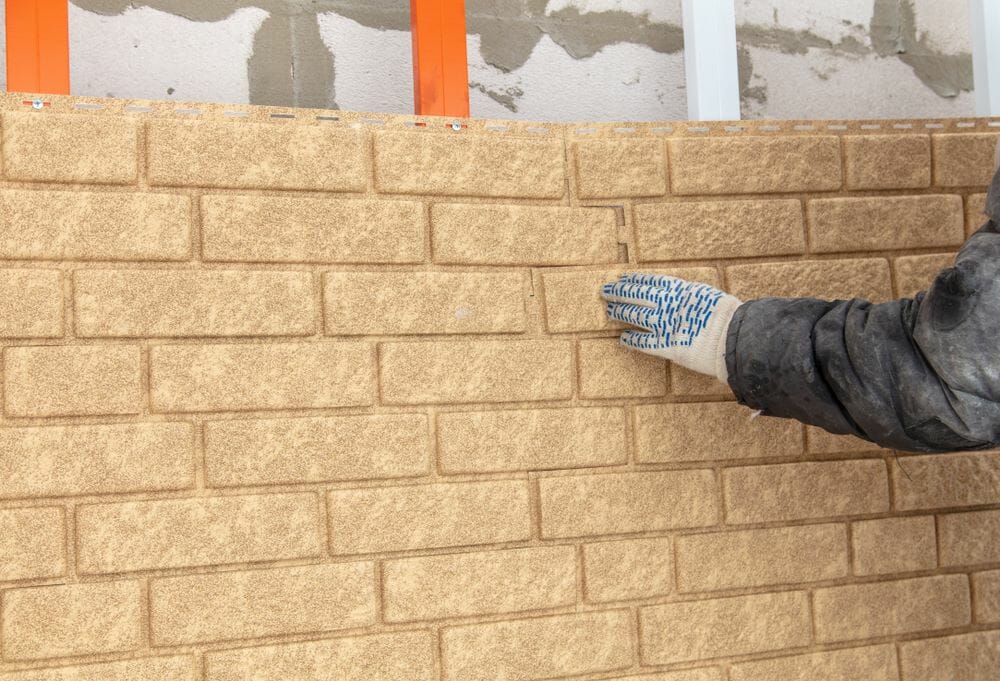What Is T1-11 Siding?
T1-11 siding was presumably, the most pervasive siding material utilized in private development, and t1-11 siding gained its prominence stature during the 1960s, 1970s, and mid-1980s. At this time, the trend was the natural wood-grained look, and that is what T1-11 provided.
For some temporary workers, especially those who structured tremendous stretches of rural lodging tracts, the siding material of choice was T1-11. Nonetheless, t1-11 siding utilization has declined in the late decades as other materials like designed timber, composite and vinyl siding have assumed control over the market. For more information call siding specialists, we are here to work for you.

Frequently alluded to as “T111,” T1-11 is a wood-based siding item that is still available even today
T1-11 Siding Explanation
T1-11 siding comes in two noteworthy versions, that is, plywood wood and Oriented Strand Board, popularly known as OSB. If we were to compare, plywood is a bit costlier than its counterpart OSB, albeit both are moderately comparable as far as quality and capacity can go.
In any case, because of its higher solidness and the scope of completing the choices it gives, the plywood version of T1-11 is generally far better than the OSB variant. Besides, it is quite durable.
The comparatively small price is another plus for T1-11, both for the plywood and OSB. For many homeowners seeking to replace their existing siding, or contractors seeking a cost-effective alternative to complete their present project, T1-11 provides an inexpensive choice that is still deemed to be of sustainable material.
Why OSB Grade T-1-11 Siding Fails
Despite the glowing features of T1-11 like its value, usefulness, or even style, it also has a downside, and that is its vulnerability to water damage.
This is not a common problem with plywood as it is with OSB. As far as sturdiness and protection from dampness are concerned, the strategy for making plywood siding produces a far predominant item. That being stated, even this version of T1-11 siding is defenceless to disintegration after some time without satisfactory establishment, fixing and support.
On the other side, the process of making OSB siding entails binding wood pieces, strands, and water treated with binding resin, using heat and pressure. Because of the process, OSB siding is also called wafer board siding. While OSB is as nearly amazing, shoddy, and frequently utilized as a home-building material, it doesn’t keep up as well as the plywood.
OSB is especially defenceless to the water effect after some time because of the assembling technique. When the texture gets clammy, the moisture creates an expansion, flaking, chipping, and decay. It has been established that OSB gets a raised degree of dampness assimilation on its edges. This is because the production process of the siding entails the use of high centralization of natural wood parts like flimsy wood chips, natural resins and cellulose fiber strands that have high concentration and, therefore, are water absorbent. This makes it very powerless to mugginess and can promptly be affected when exposed to moisture.
The high permeability to water does not only affect the exterior sides of the walls. Instead, the interior parts can be structurally damaged and might start having moulds.
Even with frequent attempts to avoid or limit the effects, the process is not constantly accomplished. And, although the historical backdrop of T1-11 OSB siding is widely related to its susceptibility to water damage, some of the blame is laid on the manufacturers who allow the use of this material in incompatibility geographical areas.
Should You Use T1-11 Siding?
The negative qualities aside, T1-11 is still a functional siding material used by not only residential customers but also commercial users. The siding product is pretty robust, incredibly practical and of high durability as compared to other siding materials. But, that has not prevented most builders from considering it as a cheap and low-value material.
T1-11 siding arrangement, the fixing, and treatment are intended to shield it from exposure to a lot of water and from excessive sunlight.
Painting or fixing T1-11, for example, is an obligatory activity and must be rehashed at regular intervals. Other siding choices to consider for a wood-grained look are wood sidings, for example, designed wood, bond fiber siding, and protected polymer siding.
Our professional team can handle any siding project you might have. We are one of the best siding contractors with offices in Oakville, Toronto, Calgary and Vancouver.